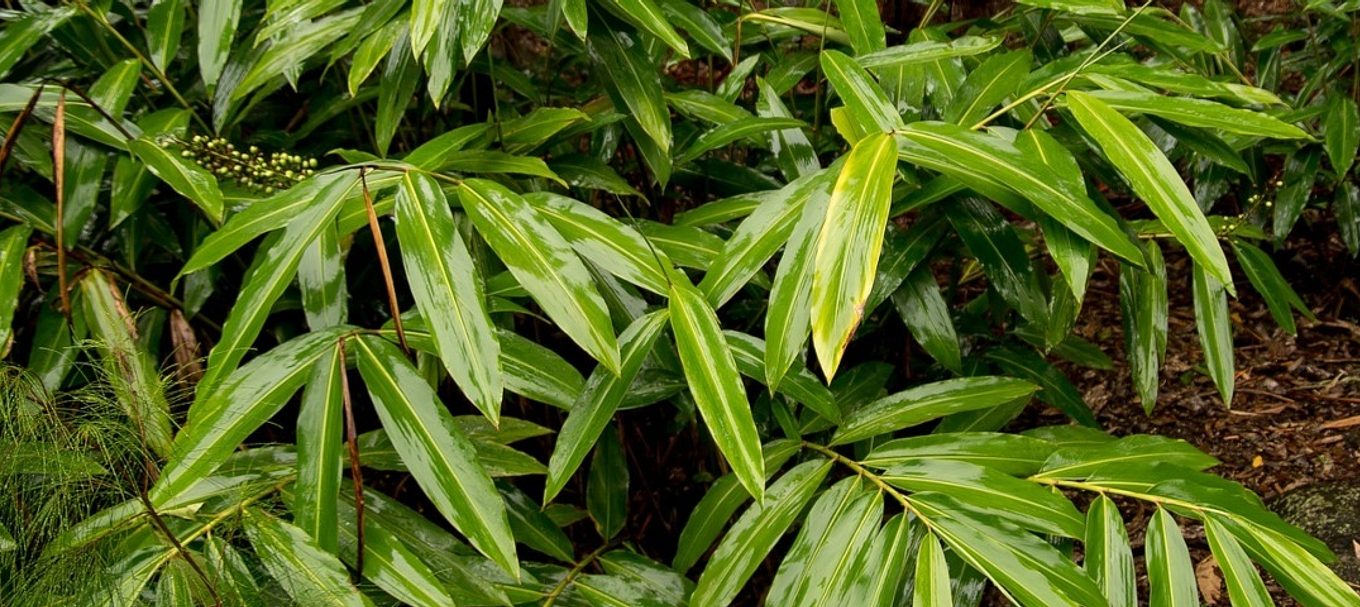
5 Australian natives that make fantastic indoor plants
Indoor-plant lovers know that the easiest way to add character to home décor is to add a mix of plants to your interiors.
But did you know there are several Australian natives that can be brought indoors and can survive and thrive in your home?
Here are five Australian natives that will add a touch of class to your home:
1. Mat rush
Mat rush (Lomandra longiflora) is a well-known Australian native and its foliage has long been used by Aboriginal and Torres Strait Islander people to create baskets and nets.
A striking, grass-like plant, mat rush is now commonly used for revegetation because it’s drought-tolerant and can survive pretty much anywhere.
This is an easy-care plant that adds a lovely architectural statement to the indoors with its strappy, long glossy green leaves.
Mat rush can tolerate dry spells, but watering stimulates new growth. Give the plant a thorough watering in summer and allow it to dry out before watering it again.
Be careful not to over-water in winter as mat rush does not like long cold and wet periods.

2. Native violet
With a beautiful display of kidney-shaped dark green leaves, native violet (Viola hederacea) makes for a stunning houseplant.
In its natural habitat, native violet is an effective groundcover. As a plant parent, you can take advantage of this and plant native violets in a wide pot or hanging basket to give it room to grow and spread.
Caring for native violets is relatively easy and fuss-free, but care should be taken to keep on top of watering.
Unlike most houseplants, native violets prefer soil that is almost always moist, especially in the warmer months.

3. Native flax
If you’re an indoor-plant lover, you’ve probably heard of spider plant. But have you heard of the Australian native flax (Dianella australiana)?
It’s similar to the spider plant with its strappy green leaves adding a touch of glamour to any indoor setting.
Native flax is commonly used in landscaping and stabilising sand on coastal areas as it is a tough and drought-tolerant plant.
So if you bring native flax indoors, make sure you don’t overwater it. Instead let the soil completely dry out before watering – your native flax plant will love you for it.

4. Native ginger
Native ginger (Alpinia caerulea) is a traditional bush tucker plant whose leaves and rhizomes have a mild, tangy ginger flavour.
Native ginger has foliage with broad sword-shaped green leaves with attractive red undersides. It looks stunning indoors.
Grow your native ginger plant in soil enriched by compost, water regularly but sparingly and it will thank you for years to come.
Best of all, if you place your native ginger plant near your kitchen window, it not only looks great but also makes for easy harvesting when you need a touch of ginger in your food.

5. Tassel cord rush
Tassel cord rush (Baloskion tetraphyllum) has stunning plume-like green foliage ending in feathered tips, creating an attractive display indoors.
Generally a low-maintenance plant, the tassel cord rush can grow to more than a metre in height and prefers low light or indirect light conditions.
Since this plant has traditionally been found near ponds or other water features, it prefers to be watered quite regularly.

Caring for your indoor plants and setting realistic expectations
Sometimes indoor plants can be fussy, and no matter how much attention we lavish on them, they might show signs of disease and even slowly wither away and die.
Here are a few tips that should keep your houseplants healthy and your mind at peace:
Give your indoor plants a holiday
Everyone needs a holiday every once in a while. Indoor plants are no different.
Houseplants work so hard at staying healthy and happy in the indoor environments, but sometimes they need a break and like to be taken back to their natural environments.
So put your plant outside for a change of scenery, perhaps when it’s raining. Rain can wash away the dust from their leaves and give plants a much-needed bath. This not only makes the plant look nice, but it refreshes it and makes it healthier.
Less is more when it comes to watering
One of the biggest threats to houseplants is root rot, which generally happens when people overwater their houseplants.
Most houseplants are happiest when they are allowed to dry out a bit in between watering, so a good rule of thumb is to leave it a couple of weeks before you give them another drink.
Plants were not meant to be indoors
All plants are naturally found in outdoor environments so when you bring them indoors, it is really important to create an environment similar to what they are naturally used to.
For example, native violet grows best in a partly shaded position, so they thrive when they are placed next to a window that doesn’t get direct sunlight.
Put a little time into researching the natural habitat of your favourite houseplant and try your best to recreate those conditions in your home.
Plants are living things and all living things die sometimes
Like all living things, your house plant will die at some point.
Houseplants might thrive in your home for years and then one day, just give up. Good gardeners and experienced plant-parents understand that it’s all a part of the plant’s life journey and that every failure is a lesson in disguise.
So make sure you enjoy your houseplants while they are alive and thriving, and shower them with love and good vibes, but make sure you hold back on the water!
Check out these blogs to get started on adding Australian natives to your garden:5 top reasons to plant natives in your gardenand6 of the best native grasses to plant in your yardto get started.





